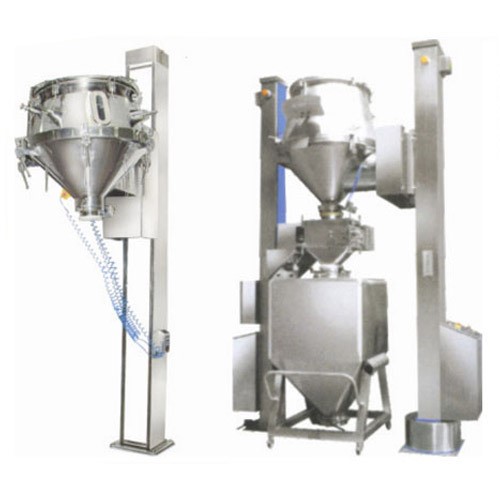10 years of experience as a food machinery equipment manufacturer
10 years of experience as a food machinery equipment manufacturer
When seeking a hydraulic lifting feeder for industrial operations like mining, quarrying, or bulk material handling, securing a reliable supplier is paramount. These robust machines play a critical role in efficiently transporting and precisely feeding large volumes of abrasive or heavy materials into crushers, screens, or processing equipment. Investing in a high-quality feeder from a dependable source translates to enhanced productivity, reduced downtime, and significant long-term cost savings.

Hydraulic lifting feeders, distinct from traditional apron or vibrating feeders, utilize hydraulic cylinders to raise and lower the feeder pan. This lifting functionality offers significant advantages:
Purchasing such vital equipment requires careful supplier evaluation. Focusing on the following aspects helps identify a genuinely reliable partner:
Having clear selection criteria streamlines the sourcing process:
Selecting a hydraulic lifting feeder supplier is a strategic investment. Prioritizing reliability, expertise, proven quality control, strong after-sales support, and transparent communication pays significant dividends. A feeder sourced from a dependable partner will deliver consistent, efficient performance, minimize unplanned downtime, reduce maintenance headaches, and provide a solid return on investment over its operational lifespan. Taking the time for meticulous supplier evaluation ensures your operation is equipped with robust machinery supported by a reliable long-term partner.
